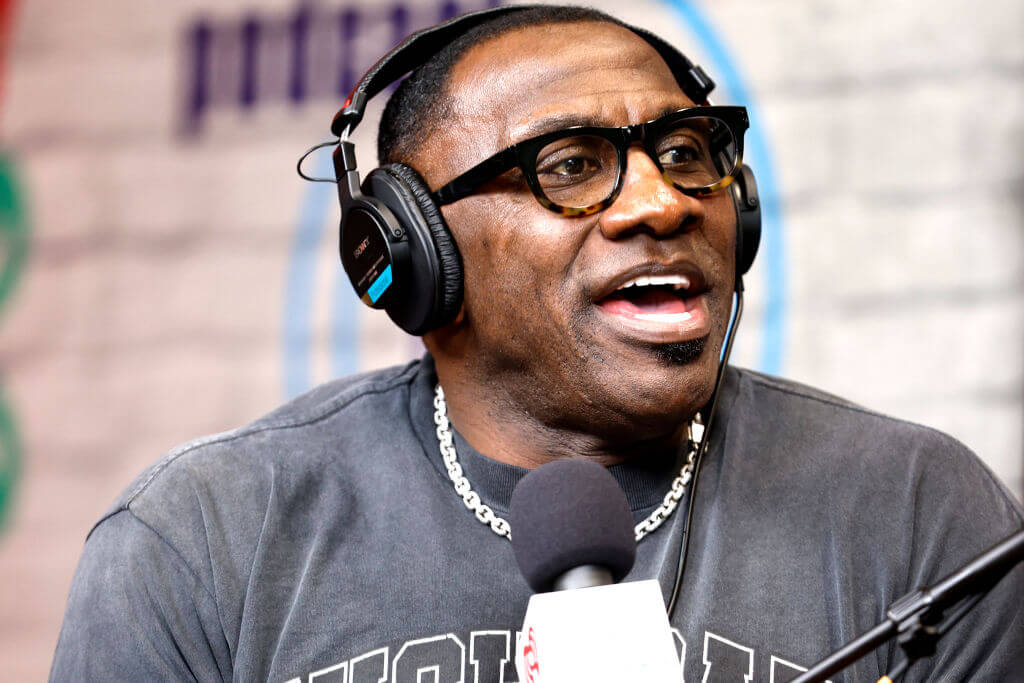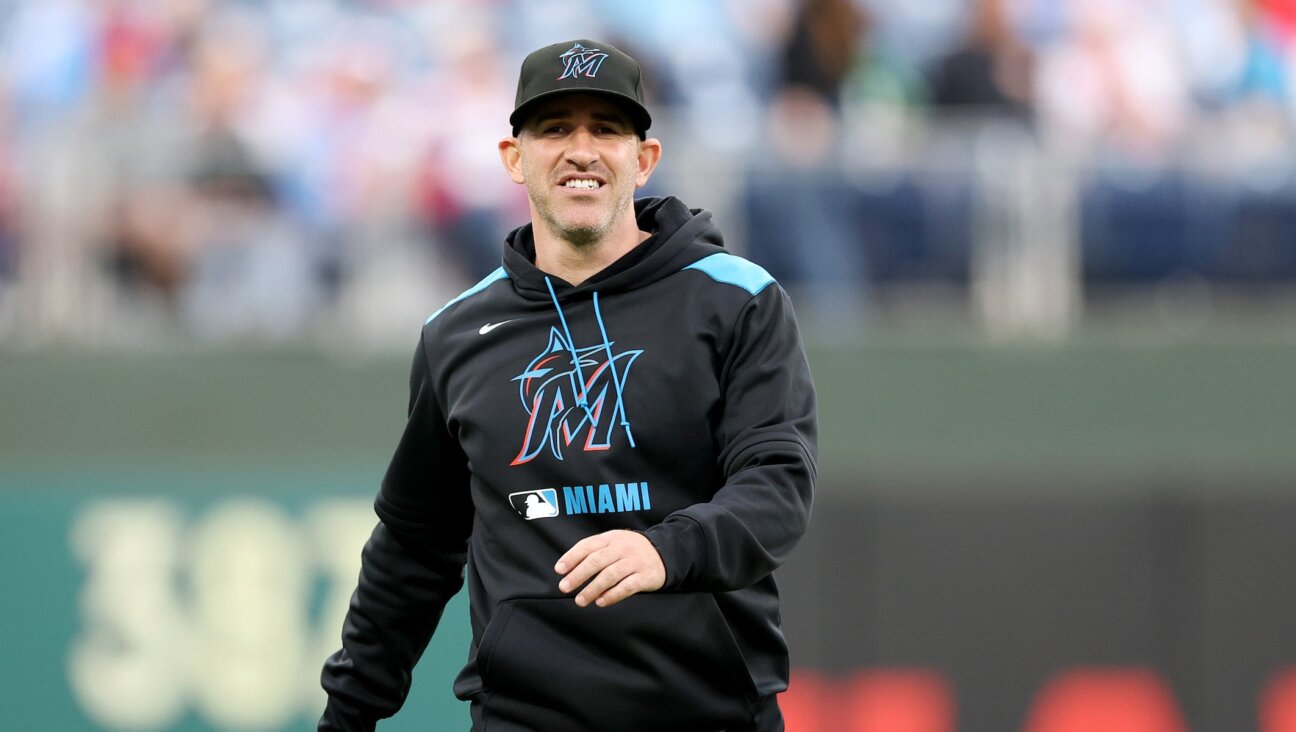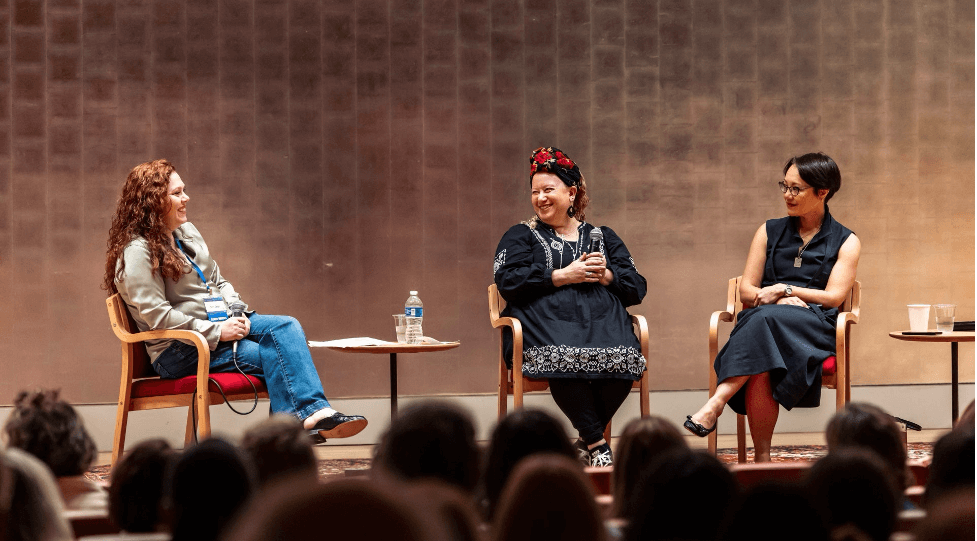Why Ryan O’Neal could make you laugh in (not at) his underwear
The late actor’s style was divisive, but often delivered exactly what was needed

Ryan O’Neal and Barbra Streisand, who dated and co-starred in What’s Up, Doc? Photo by Fotos International/Getty Images
If an actor is caught unawares in their underwear and they have the body of an underwear model, is it still funny?
This koan was more than a hypothetical when Ryan O’Neal starred in What’s Up, Doc? Peter Bogdanovich’s 1972 screwball comedy. About an hour into the film, O’Neal strips down to his drawers in his hotel room and, when he moves to his bathroom, finds Barbra Streisand in his tub.
O’Neal’s look – with tortoise shell glasses and a tartan bow tie around his neck — is ridiculous, like an intellectual, Gaelic Chippendale’s dancer. It fails a kind of comedic logic, which holds that such farcical dishabille is best served when your leading man has something short of movie star good looks. But it’s a testament to O’Neal, who died Dec. 8, at the age of 82, that the scene works. Indeed, the movie is hilarious, and his performance as well-tuned as his character’s musical igneous rocks, in spite of the fact that he appears at first glance to be completely miscast.
Streisand’s new memoir, My Name is Barbra, offers some insight into how exactly O’Neal ended up playing the milquetoast musicologist Howard Bannister off his steamy leading turn in Love Story, as a character Al Gore believed was based on him, but whom writer Erich Siegal insisted was actually inspired by Gore’s roommate, Tommy Lee Jones.
Streisand, who was dating O’Neal at the time, was the one who told Bogdanovich that he was hilarious. A skeptical Bogdanovich was swayed after having lunch with O’Neal and, in an effort to master the art of being a handsome schlemiel, O’Neal met with Cary Grant. Grant’s advice, per Streisand: “Wear silk underpants.”
O’Neal’s relationship with Bogdanovich continued into 1973, with Paper Moon, which would net him a Golden Globe nomination (and an historic Oscar for his daughter Tatum).
It was easy to dismiss O’Neal, whose career started on Peyton Place, as a pretty boy, though his filmography didn’t make much sense with that reductiveness.
In 1975, Stanley Kubrick cast him in the title role in Barry Lyndon. Once again O’Neal appeared bare chested and turned out a performance as a rakish himbo failing up that, paradoxically, required a great deal of intelligence to play.
While Barry Lyndon was ostensibly a sprawling period epic, O’Neal’s line readings, naive in the extreme, suggest that he recognized it as the comedy it was. O’Neal lived long enough to see his performance, and the film, reevaluated and set to a 21 Savage song. (If you’re not convinced of O’Neal’s charms, watch this clip of O’Neal talking about the noisy monkeys on set in the scene where his son died.)
If there was a constant throughout O’Neal’s long career, it was that his screen presence was divisive. A scene of him in Norman Mailer’s film Tough Guys Don’t Dance has long been derided, and the performance saw a nomination for Golden Raspberry for Worst Actor.
But O’Neal — who, while Irish like Lyndon, was also halachically Jewish through his maternal grandmother — always did what the material demanded and the director wanted.
If his Barry Lyndon seems a touch too unemotive, it’s likely because Kubrick told him to act certain moments like Glenn Ford. If his delivery of “Oh man, oh God” seems comically overdone, it’s because his director wasn’t Kubrick, but Norman Mailer. If his silk underpants make you crack a smile, it’s because O’Neal was in on the joke.

















